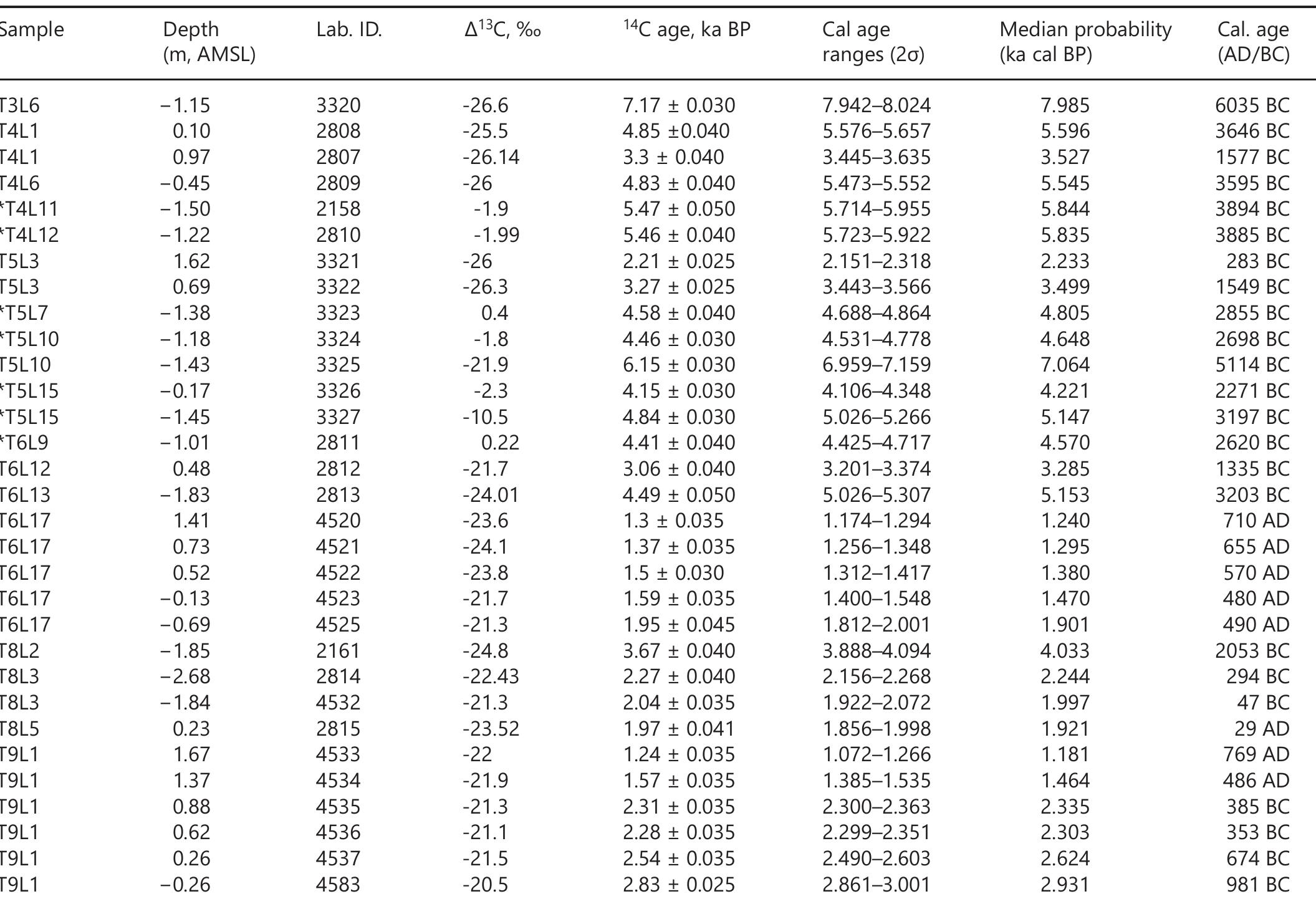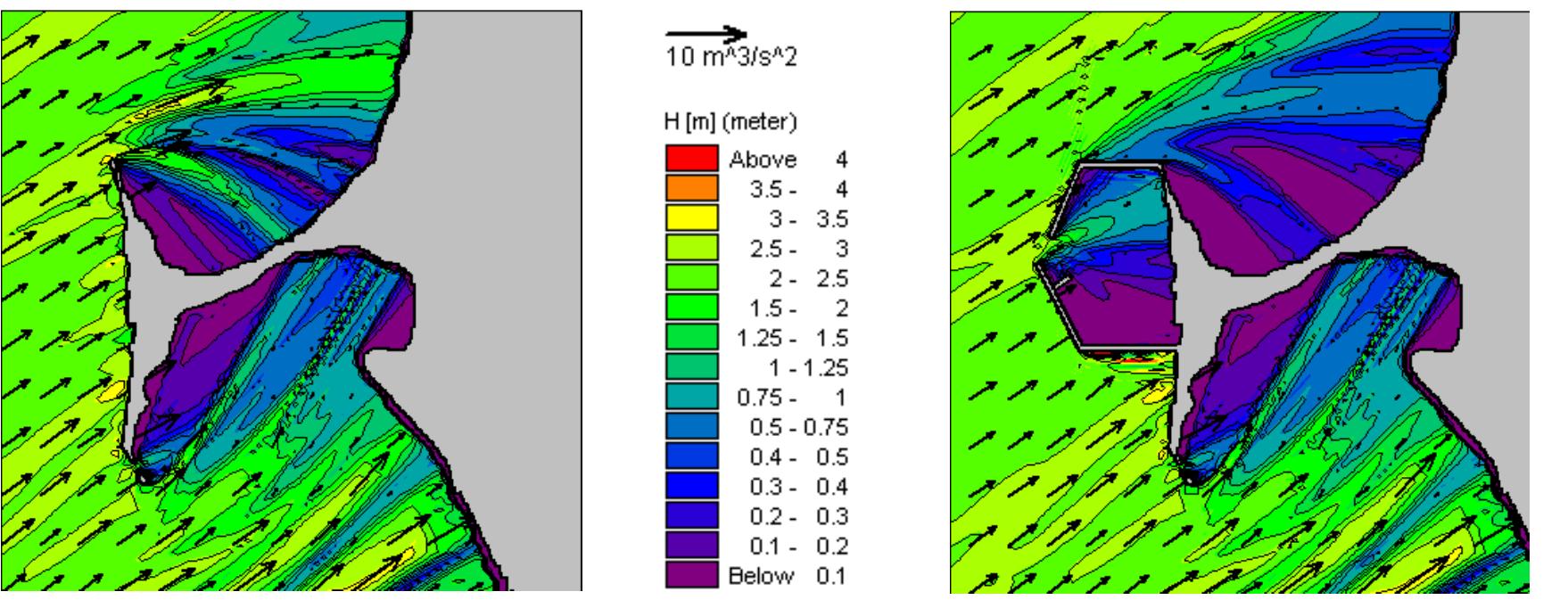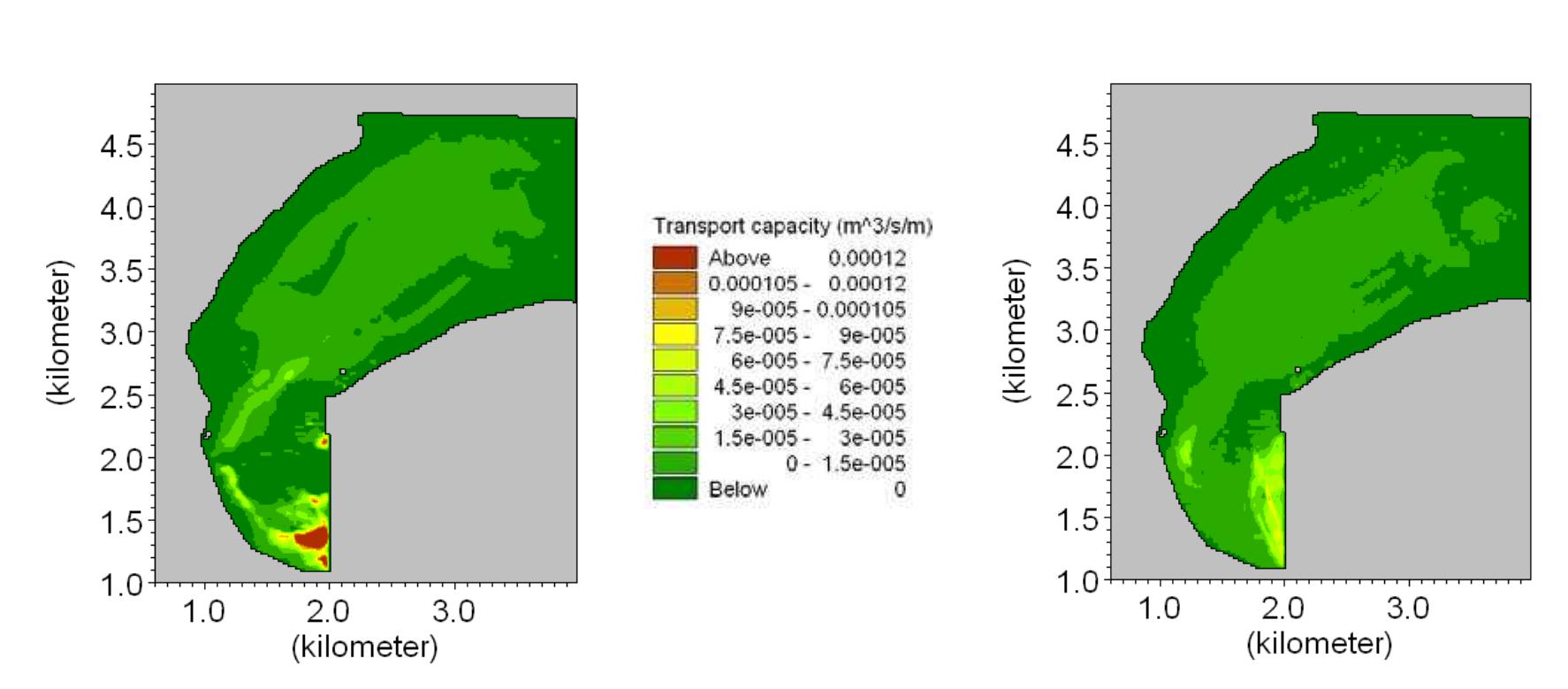Key research themes
1. How do hydrodynamics and sediment transport pathways govern the morphodynamics and stability of mixed-energy tidal inlet systems?
This theme focuses on understanding the intricate hydrodynamic processes and sediment transport mechanisms in tidal inlet systems, especially those influenced by combined tidal and wave energies. It addresses how these forces shape inlet morphology, including features such as ebb and flood tidal deltas, barrier spits, and sand shoals, and how sediment with varying grain sizes is transported and bypassed. The objective is to inform improved morphodynamic predictions and sustainable coastal management.
2. How do inlet geometries and hydrodynamic conditions influence vortex formation and flow separation at vertical or pipe intakes?
This theme encompasses analytical, experimental, and numerical investigations into vortex dynamics, flow separation phenomena, and critical submergence requirements at water intakes and pipe junctions. Understanding vortex formation, free surface distortions, and recirculation regions is essential to mitigate air entrainment, sediment deposition, and energy losses in engineering intakes and pumping stations.
3. What are the hydrodynamic and fluid dynamic implications of inlet shape and flow development on intake efficiency and jet behavior in engineering systems?
This theme covers computational and experimental studies addressing how inlet geometries, flow profiles, and boundary conditions affect flow development, jet stability, and intake efficiency. Understanding entrance length effects, flow separation at sharp inlets, and flow distribution in manifolds informs design optimization of intakes in aerospace, hydrodynamic, and environmental engineering applications.




















































